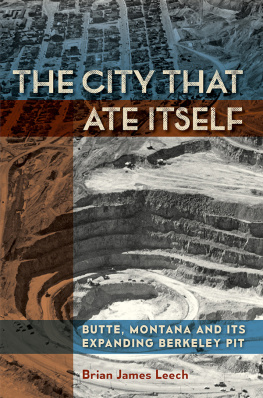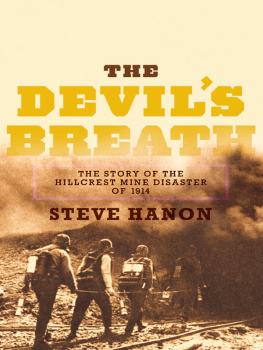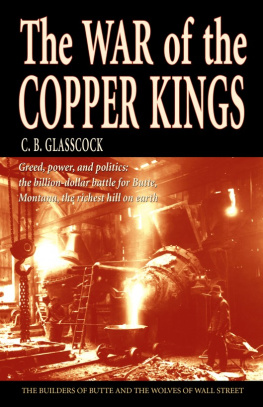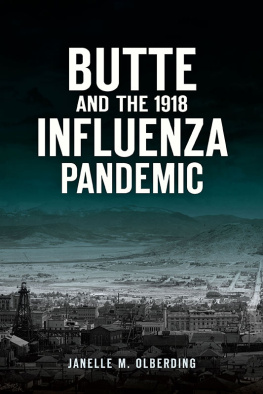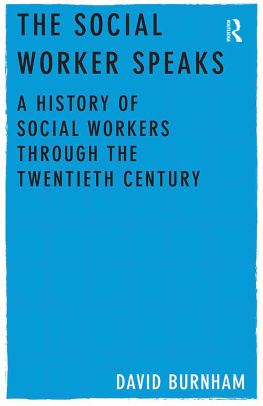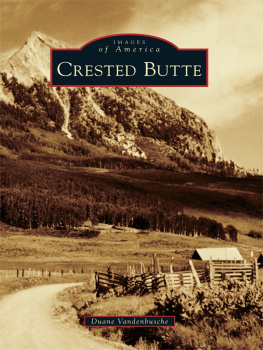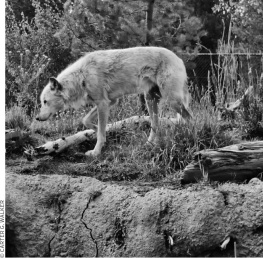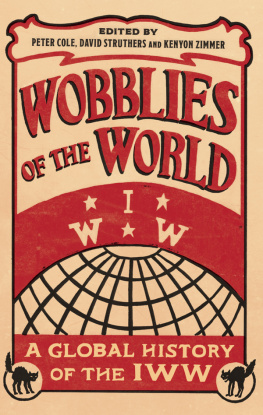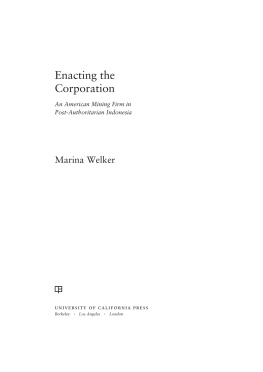BRIAN LEECH is a Montana native and assistant professor of history at Augustana College in Rock Island, Illinois. He completed his doctorate in American history at the University of Wisconsin, Madison, and currently serves as secretary of the Mining History Association. He won the 2012 Vivian Paladin Award for the best article published in the journal Montana: The Magazine of Western History. Although they all enjoy the Midwest, Leech, his wife, and their two children wish they made it back to Montanas mountains more often.
ACKNOWLEDGMENTS
It would not be a far stretch to say that this book has its origins in my visits to Butte as a kid. Our soccer team would travel to play the Butte team, which meant encounters with the unavoidable Berkeley Pit. I often asked what had been there before the pit, only to receive vague comments about people living near it. These visits also meant some exposure to Buttes stigma. Parents who accompanied the team made snide comments about Butte, claiming that everything was poisoned and insisting we bring our own water to town, as Buttes was supposedly toxic. My parents, Alan and Karen Leech, shared what they knew about Buttes past and present. They therefore deserve the first set of thanks, because they never let me accept Buttes negative stereotypes and they always encouraged my curiosity.
I drove by the pit even more often when I was an undergraduate at the University of Montana in Missoula. Traveling between Missoula and my hometown of Bozeman meant passing by the Berkeley Pit. At the university, I started taking history courses, which helped me understand that I could study the places around me. I clearly remember sitting in Harry Fritzs Montana History course as a freshman and hearing him say that you had to study Butte if you wanted to be taken seriously as a Montana historian. One historian he was thinking of, David M. Emmons, is more responsible for me attending history graduate school than anyone else at the university. He treated undergraduates in his research classes as if they were already professionals. His zeal for Buttes social history was clearly contagious. His colleague, Dan Flores, introduced me to environmental history, while Sean OBrien, then at the Davidson Honors College, convinced me that I could write. By the end of college, I had determined that I wanted to go to graduate school, and that I needed to study Butte.
The long process of writing this book began during graduate school at the University of Wisconsin, Madison. The history department faculty there, especially Bill Cronon, Colleen Dunlavy, Camille Guerin-Gonzales, Susan Lee Johnson, and my ever-patient advisor, Thomas Archdeacon, served as model scholars and great mentors. Fellow grad students also pushed me to the finish line of my PhD, including Andrew Case, Linda Brindeau, Todd Dresser, Nicole Kvale, Christine Lamberson, Muggy Lee, Maureen Mahoney, Nic Mink, David Rodriguez, and James Thompson.
Other people who deserve thanks are those who housed and helped me during my many research trips. Ray and Kay Campeau as well as Kelly and Roy Crosby let me stay at their places in Butte, even though I was there for weeks or months at a time. Others put me up elsewhere across the U.S. West, including Ryan Berger, Aaron Bouschor, David Dunbar, and Taryn Hall. Both Jim Michelotti and Pauline deBarathy helped me to identify and contact interviewees. Without their help, this book clearly would not have been possible. Staff at the ButteSilver Bow Public Archives, including Director Ellen Crain and staff members Lee Whitney and Harriet Schultz, went out of their way to assist meeven moving my materials to a separate research room when the archives were being renovated. Staff at the Montana Historical Society, particularly Brian Shovers, and at the American Heritage Center, especially Ginny Kilander, proved similarly helpful. Some of those research trips were financially supported by the following organizations: the University of Wisconsin, Madison, the Rock Island Arsenal Historical Society, Phi Kappa Phi, the Mining History Association, and the Charles Redd Center for Western Studies.
After moving away from Wisconsin, I began to turn my research into a book. While at Augustana College in Rock Island, Illinois, I received welcome encouragement from my fellow faculty members. Thanks in particular to Tom Brown, Lendol Calder, David Ellis, Jane Simonsen, Chris Strunk, Molly Todd, Stephen Warren, and, especially, Matthew Fockler, who created a couple of maps for the book. Ive received excellent research tips from other mining historians. Matthew Basso, Kent Curtis, Janet Finn, Pat Kearney, Laurie Mercier, and Mary Murphy deserve thanks for taking time to visit with me when I wasearly in this project, while Chris Huggard, Terrence Humble, Timothy LeCain, and Fred Quivik gave even more time and energy. As I began crafting book chapters, presentations at and assistance from members of the Mining History Association were particularly meaningful.
Thanks to the journals that previously published material later adapted into this book (and the journals editors, Fred Quivik and Molly Holtz). Portions appeared as Boom, Bust, and the Berkeley Pit: How Insiders and Outsiders Viewed the Mining Landscape of Butte, Montana, IA: The Journal of the Society for Industrial Archaeology 37, nos. 1 and 2 (2011): 15370; and Protest, Power, and the Pit: Fighting Open-Pit Mining in Butte, Montana, Montana, The Magazine of Western History 62, no. 2 (Summer 2012): 2443.
It has been a pleasure to work with the University of Nevada Press, particularly with Director Justin Race, who ensured an easy process for this first-time author. Thanks also to former acquisitions editor Matthew Becker, who convinced me to publish in the Mining & Society series. Series editor Eric Nystrom has been both a friend and a mentor throughout the writing of this book.
Last, but clearly not least, are my family members. My wife, Siri, gave birth to two amazing kids while I was writing this book: Espen and Elin. Siri has kept us all sane and so it is to her that I dedicate this book.
BIBLIOGRAPHY
Abbreviations
AHC: American Heritage Center, Laramie, WY
BFC: Butte Forward Collection
BMU: Butte Miners Union
BSBPA: ButteSilver Bow Public Archives
Fldr.: Folder
GPO: Government Publishing Office (formerly Government Printing Office)
Info. Cir.: Information Circular
IUMMSW: International Union of Mine, Mill, and Smelter Workers (also known as Mine-Mill)
MHS: Montana Historical Society Library and Archives
MMBM: Mine-Mill Butte Miner
Mont. Std.: Montana Standard (newspaper)
OHC: Oral History Collection
PSHCLA: Penn State Historical Collections and Labor Archives
Reg. Sess.: regular session
UC: University of ColoradoBoulder, Special Collections
UMM: University of Montana, K. Ross Toole Archives
USS: Utah State Archives
USWA: United Steelworkers of America
VF: vertical file
Abbreviations for Manuscript Collections and Oral Histories
American Heritage Center, University of Wyoming, Laramie (AHC)
Anaconda Geological Documents Collection (AGDC)
ButteSilver Bow County Courthouse, Butte, Montana
Butte City Council Minutes
ButteSilver Bow County Court, Register of Actions, vol. 33, vol. 34.
ButteSilver Bow Public Archives, Butte, Montana (BSBPA)
Butte Chamber of Commerce Collection (PC127)
Butte Forward Collection (BFC)
Butte Miners Union #1/United Steelworkers Labor History Collection (LH12)

